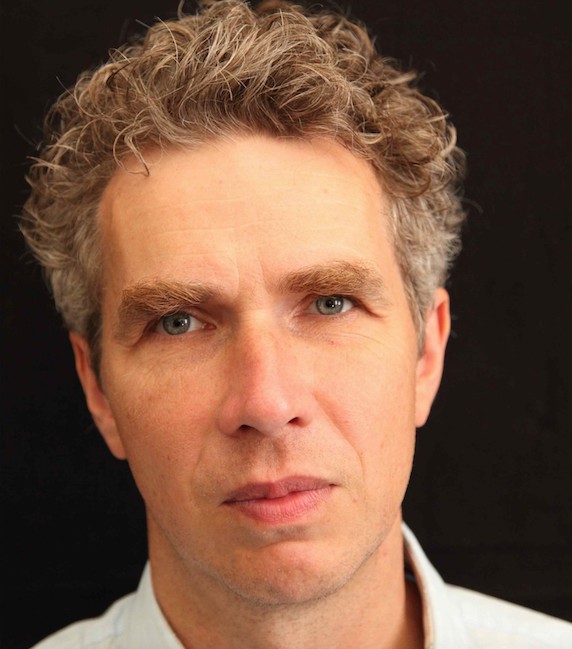DAMN°: The Pacifier is the first work you made out of glass and bone.
Jan Fabre: I made it in 1977. I was still a student in Antwerp. A professor sent me to see a Joseph Beuys exhibition in Eindhoven at the Van Abbemuseum. It was an incredible revelation, a shock. I didn’t understand a lot about it, but it triggered my mind immensely. I came home and made that piece.”

DAMN°: Where did you get the bone?
JF: In the 1970s and 80s, you could still buy it at the flea market and in old auction houses, without papers. You could also find elephant teeth. From the 1990s onwards you needed to have written permission from people who had donated their skeleton to science and the arts. Human bone is more difficult to get than animal bone. I have gallerists and collectors who have signed a paper saying that I can use their body after they die.

DAMN°: The Pacifier is beautiful but quite cruel.
JF: This work is a metaphor for how I think about beauty and art. It is comforting, and at the same time it creates wounds. To create, there has to be a wound in my body.
DAMN°: Do you want to make wounds or to make the audience realise that they have wounds?
JF: “Both. To cure the wounds. Or to create wounds, even. My work is always about pharmacon: a medicine that cures you or poisons you. In the exhibition there are only two green works, among them my most recent piece: Holy Dung Beetle with Laurel Tree. Green is the colour of poison and of hope.
DAMN°: What is your fascination with the bones?
JF: My subject has always been the human body. I have been researching it from all sides. Look at my blood drawings. Or the Monks series shown in this exhibition, which is from the 1990s. These sculptures are based on The Beekeepers by Brueghel. I made them while thinking about the humans of the future. How can we survive? We have an inner skeleton, but I made a kind of futuristic human being with an outer skeleton. When you have that, you cannot become wounded anymore. You get away from the stigma of Christ. You are on the brink of new thinking.
DAMN°: Did growing up in Belgium with a Catholic worldview form you as an artist?
JF: My father was a communist; my mother was a catholic. We did not go to church, but my mother told stories about Christ every day at the dinner table. From her I inherited a love and passion for language. She was raised in France and she used to translate things for me: Rimbaud, Verlaine, Vian, and so on. My father drew and was a botanical garden specialist. He made drawings of plants and animals with me, and took me to the zoo. Drawing and writing form the basis of my practice. I do it every night.
DAMN°: Talking about monks, is the artist a spiritual figure?
JF: The monks are spiritual bodies. Empty bodies. Bodies with a shell. And they are beekeepers, and to me, they are sort of like astronauts. We choose to show them here because this is an old monastery. Outside is the spectacle of the city; this is a quiet place. So what you get is the power of vulnerability. And that is, in fact, very Belgian. As an artist, you hope to guide the public to another side of time.
Glass and Bone Sculptures 1977-2017 by Jan Fabre, is at Abbazia di San Gregorio in Venice, until 26 November 2017.
 Listen, 1992. Copyright: Angelos bvba, Photo: Pat Verbruggen
Listen, 1992. Copyright: Angelos bvba, Photo: Pat Verbruggen
 'Monk (umbraculum)', 2001. Copyright: Angelos bvba, Photo: Pat Verbruggen
'Monk (umbraculum)', 2001. Copyright: Angelos bvba, Photo: Pat Verbruggen
 'The Pacifier', 1977. Copyright: Angelos bvba, Photo: Pat Verbruggen
'The Pacifier', 1977. Copyright: Angelos bvba, Photo: Pat Verbruggen
 Room view, 'Planet I-IX', 2011. Copyright: Angelos bvba, Photo: Pat Verbruggen
Room view, 'Planet I-IX', 2011. Copyright: Angelos bvba, Photo: Pat Verbruggen
 Jan Fabre. Copyright: Angelos bvba, Photo: Pat Verbruggen
Jan Fabre. Copyright: Angelos bvba, Photo: Pat Verbruggen


